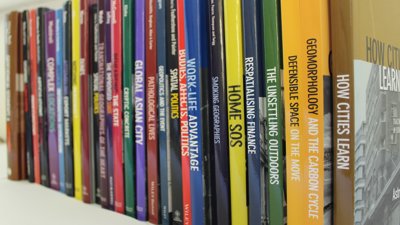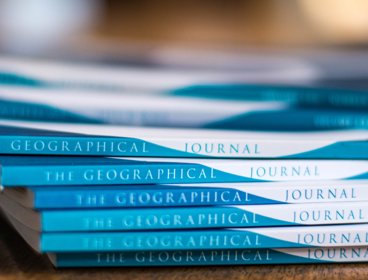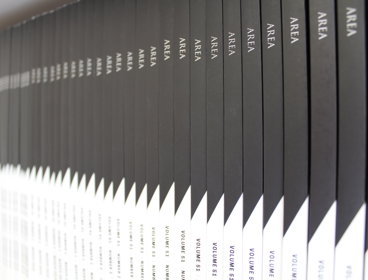By Alison Blunt, Queen Mary University of London, Madeleine Hatfield, Yellowback, Catherine Souch, Royal Geographical Society (with IBG) and Fiona Nash
Publishing is a crucial, but sometimes daunting and unexplained, part of academic life. All academic geographers are supposed to do it, but there are few formal guidelines about how best it should be done. Many of us discover how to publish by trial and error or through the mentoring and support of colleagues. Publishing and academic landscapes also change, presenting new challenges to established academics. This guide has four main aims: to provide clear, practical and constructive advice about how to publish research in a wide range of forms; to encourage you to think strategically about your publication profile and plans; to set out some of the opportunities and responsibilities you have as an author; and to support you in getting your published research read.
So why publish?
First, publishing your research is the best established way of disseminating your research findings. The aims, nature and findings of your research should be the main starting point in identifying your publication goals and strategy. However, as the contributors in this guide explain, thinking about who you want to read your research is key to deciding where to submit your work. This might mean submitting articles to specialist or more general journals, both within and/or beyond geography, and/or developing a book proposal. Often the best publication strategy encompasses different types of outputs, aimed at different audiences. Sections two and three of the guide consider different types of publication, providing step-by-step guidance to the publishing process.
The second reason for publishing your research is academic career development, whether in terms of securing a postdoctoral position or a lectureship, or applying for research grants, tenure and promotion. A strong publication record – and clear future publication plans – is a vital part of an academic curriculum vitae. Academic publishing is also central in a variety of different schemes of research assessment (including, in the UK, the Research Excellence Framework). Where and in what form your work is published matters. Section four encourages you to think about your publication strategy and to consider publishing your work in a variety of other ways. It focuses on opportunities for communicating your research findings beyond the academy, whether to policy-makers or a wider public readership, and/or in collaboration with research participants.
Section five provides guidance on authorship best practice and aims to demystify other aspects of publishing. This includes ethical issues such as plagiarism, copyright and acknowledgements, plus practicalities such as correctly formatting and preparing your manuscript for publication, including the growing possibilities offered online to use non-textual, multimedia content to enhance your writing.
Getting something published is not the end of the publishing process, getting your publication read is something that also requires thought and effort. Beyond the format and outlet you choose, writing style, title, abstract and keywords all matter. As authors you can play a key role in promoting your journal articles and books by advancing the profile – especially online – of both yourself as a researcher and your publications. With increasing pressure on researchers to demonstrate the reach of their research, understanding metrics (including and beyond Impact Factors and citation/downloads) is also important. Section six of this guide expands on understanding, gaining and demonstrating readership and citations.
This guide is aimed at both human and physical geographers, as well as scientists and social scientists in other disciplines, and has been published by the Royal Geographical Society (with the Institute of British Geographers) (RGS-IBG) and Wiley. The RGS-IBG and Wiley publish five academic geography journals: Area, The Geographical Journal, Transactions of the Institute of British Geographers, the new open access journal Geo: Geography and Environment and Wiley Interdisciplinary Reviews: Climate Change, a Wiley journal published in partnership with the RGS-IBG and the Royal Meteorological Society - as well as the RGS-IBG Book Series, which publishes both human and physical geography books. Details about each of these journals and the book series are available online via www.rgs.org/Journals.
The different sections of the guide have been written by academics and publishing experts who, between them, have considerable experience of publishing from a wide range of perspectives as authors, reviewers, editors, editorial board members, readers, publishers and analysts. This guide is a collaborative effort, which updates and expands earlier Publishing guides (2008 and 2013). We are very grateful to all of the contributors for writing such full and informative pieces, and for their enthusiasm in contributing. We are also grateful to colleagues at Wiley for all of their help in producing this guide.
On behalf of all of the contributors, we hope that you will find it useful and informative, and that it makes the academic publishing process easier to negotiate whether you are publishing your first article or trying to demonstrate the impact of an established portfolio.



